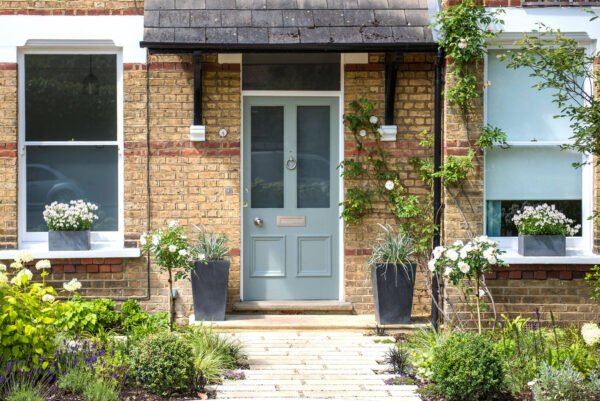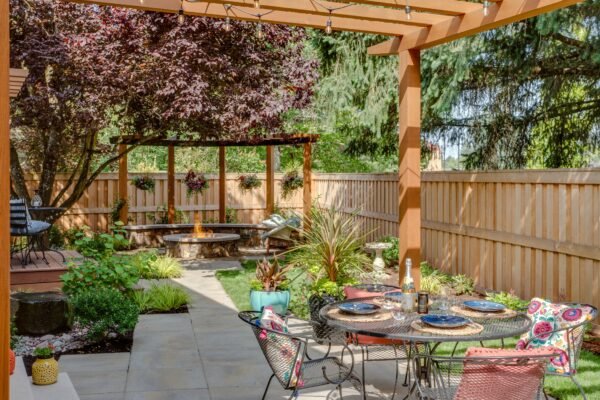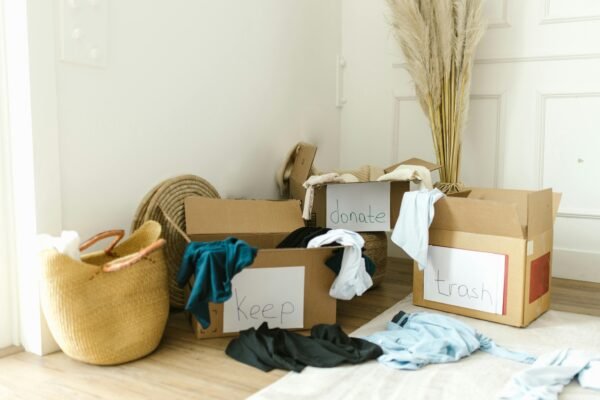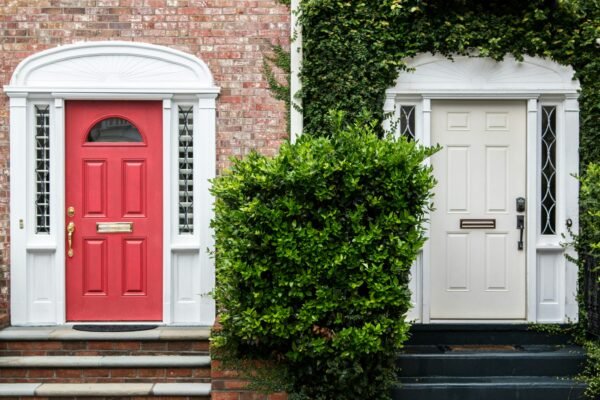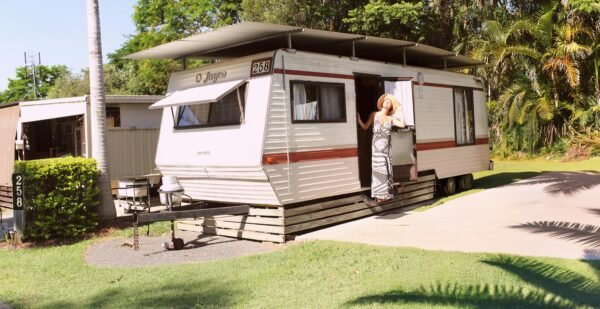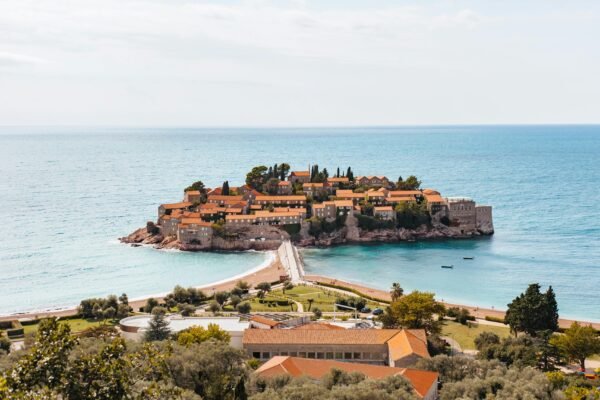
What’s the Quickest and Easiest Way to Make Serious Money for You and Your Family?

There are some questions you just say yes to. Do you want free tickets for Taylor Swift? Is Die Hard a Christmas movie? Would you like some quick and easy serious money (legally, obvs)?
Perhaps you’re not a Swiftie, or you can’t get past the lack of red-nosed reindeer at Nakatomi Plaza, but you can do something about boosting your bank balance.
Step forward small-scale property development.
Defining our terms
Small-scale property development involves taking a small commercial building of some description and converting it into residential flats. Perhaps the most straightforward example is putting flats above a shop – it doesn’t need to be any more complicated than that. And, just to be clear, flipping a house or a doer-upper is NOT small-scale development; I’m talking about the next level up. Although, if you’ve done a flip or you’re an existing landlord, small-scale development should definitely be on your radar.
We should look at what we mean by “serious money”. I suggest our target should be £200,000 – not a massive lottery win, but a tidy sum for most people. A timescale of two years is reasonably short-term but still allows time to do whatever we need to generate the target profit. And as for ‘easy’, we need to consider the amount of work to be put in, so we’re looking for something that can be done in spare time. We’ll also want a modest amount of seed capital of between £10,000 and £20,000 – within reach for a significant chunk of the population.
Why try small-scale property development?
The niche we’re looking at will typically involve building between 5 and 20 units, and you’ll be targeting a 20% margin on the total gross development value (GDV) of the units you’ll be selling, i.e. their combined selling price. The GDV amount will vary based on what and where you build. However, you would typically expect this to generate a profit of between £100,000 and £500,000. So, to achieve our ‘serious money’ target of £200,000, we need to find a project that produces a GDV of £1million. How many flats does this mean we’ll need to build? The average flat price in the UK is around £200,000, which would mean building five flats, although it clearly depends on what we build and where we build it. But we’re certainly not talking dozens.
On paper, banking the cash from one of these projects from start to finish in less than 24 months shouldn’t be a problem. It will take you around three months to purchase the building, and because most commercial buildings have permitted development rights, you don’t need to apply for full planning permission to change the use from commercial to residential. You simply apply to the council for prior approval, and they must respond within eight weeks; otherwise, approval is automatically granted. Add on another three months at the end to sell your finished flats, and you’re looking at an 18-month timeline, comfortably within our 24-month criteria.
While developing property involves a lot of work, most of it isn’t YOUR work. Property development must be among the most highly leveraged industries in the world. As a developer, you find a project, source the finance and then assemble a team of professionals who will build it. But all the physical construction work is done by other people: contractors, architects, planning consultants, structural engineers – there’s a long list. But their job is building homes, and they’ve already got tons of experience. All you need to do is hire them. And you get to hire an experienced project manager to oversee the project; they will be your eyes and ears on the ground, ensuring everything goes according to plan, and will keep you updated as things progress.
Initial investment
Here, we come to property development’s biggest secret. Yes, you do need lots of money. But very little of it needs to be your own.
Here’s an example to explain.
Let’s say we want to buy a shop for £400,000 that we plan to spend a further £400,000 to create some nice flats on the upper floors. We’d then sell these flats and the shop for £1,000,000, making a £200,000 overall profit. To buy the shop, we would borrow up to 70% of the £400,000 we need from a commercial lender (there’s a ready market of specialist lenders out there who lend to developers). But a 30% deposit is £120,000, which is way above the £10-20,000 seed capital level requirement we set ourselves at the start. But you don’t need to fund the entire deposit yourself. Many commercial lenders will allow you to borrow the bulk of your deposit from other people—private investors—to whom you’ll pay interest.
You will likely need to put in 10% of the deposit yourself – which in our example would be £12,000.
So, we now own the shop, but what about the additional £400,000 we need to develop it? The same commercial lender will lend you 100% of that money. And that £400,000 development funding covers not only the main costs such as materials, labour, and professional fees, it also covers the cost of the finance itself, including the interest.
Which means, using our example, we managed to turn £12,000 into £212,000 in less than two years, which is rather impressive. It’s no surprise that an increasing number of people are saying yes to small-scale property development.
ABOUT THE AUTHOR:
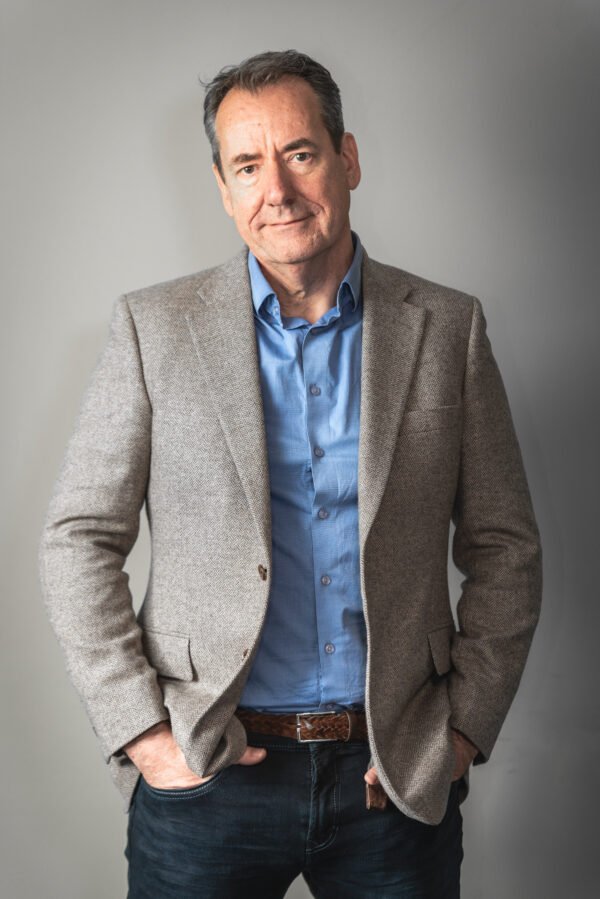
Ian Child is a former corporate leader, co-founder of the training company propertyCEO (propertyceo.co.uk) and the author of ‘Your Own Personal Time Machine, a guide to getting your life back’. propertyCEO is passionate about tackling the lack of housing in the UK and helping ordinary people to be part of the solution. To discover how you can get into property development, visit www.propertyceo.co.uk





















